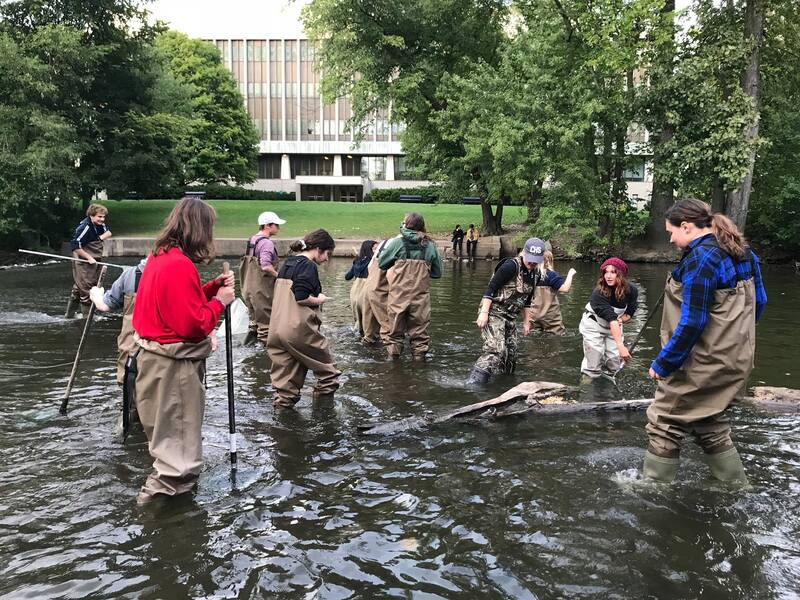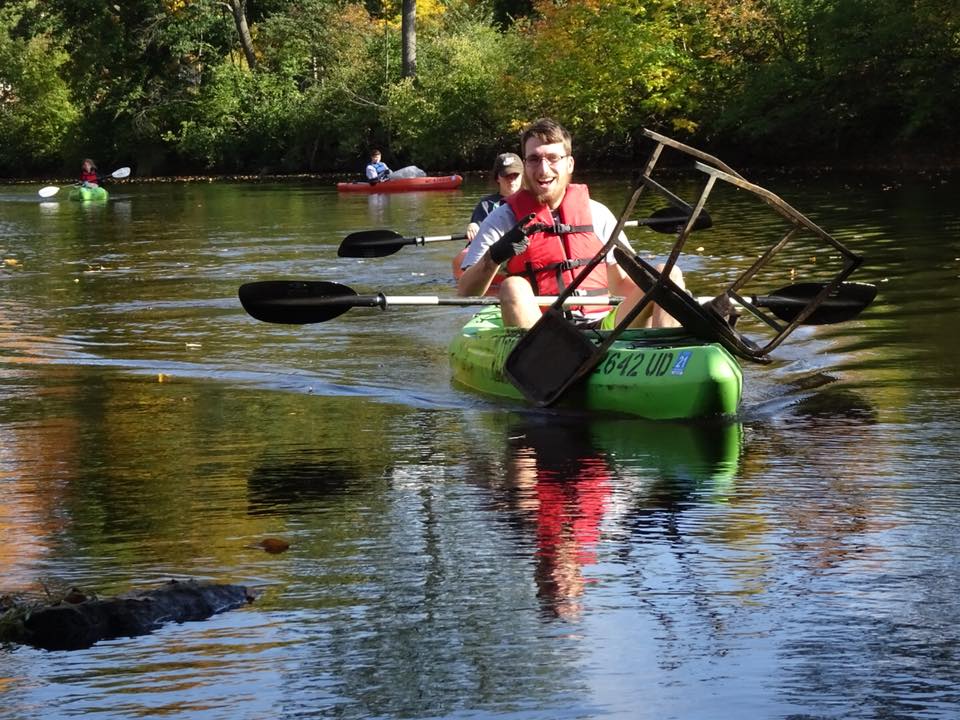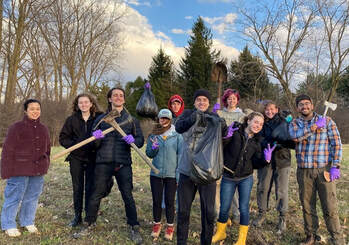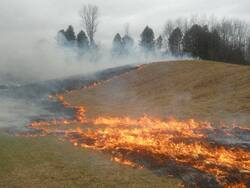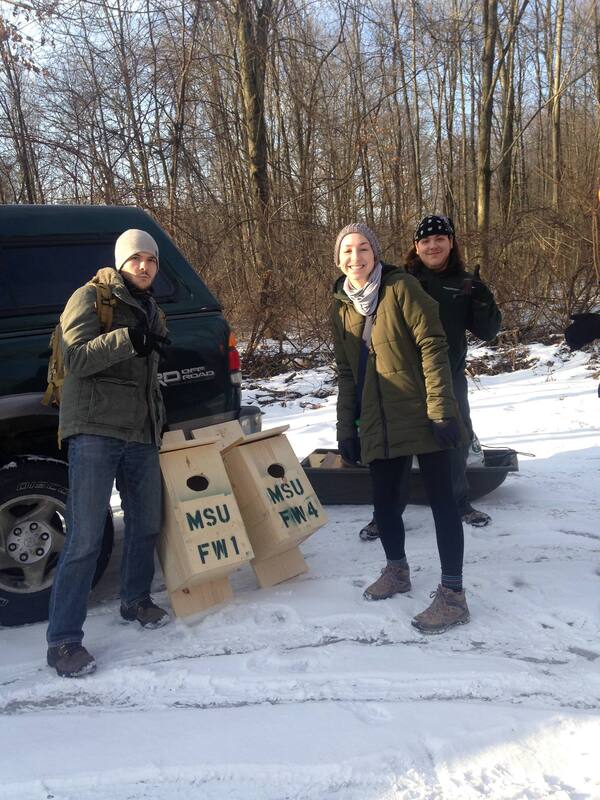Habitat Management Committee
The Habitat Management Committee works to bring students experience in stewardship and habitat management through a wide variety of research projects and events. The FW Club is fortunate to own its own land in which to use for management practice, research opportunities, and educational purposes.
If you have questions or comments, or would like to become more involved with the habitat management committee, email the MSU Fisheries & Wildlife Club at [email protected] or by clicking the link below.
If you have questions or comments, or would like to become more involved with the habitat management committee, email the MSU Fisheries & Wildlife Club at [email protected] or by clicking the link below.
Events
|
Red Cedar River Clean Up
The MSU FW Club is notorious for its semi-annual river clean ups. Armed with Canoes, dozens of waders, and grappling hooks, and many volunteers, the MSU FW Club tackles the task of cleaning up our campus river each semester. We typically pull out over 60 bicycles each semester, along with a wide variety of other items. This is an awesome opportunity for our club, as well as the MSU/EL community to be stewards of the cherished banks of the Red Cedar River. |
|
Invasive Species Removal
Members of our club often times volunteer for the DNR's stewardship programs, as well as other planned outings to work on some good ol' invasive species removal. Lately, the main target of our efforts has been removing invasive plants from our own prairie restoration site here on campus. Another main part of habitat management is that of herbicide and insecticide use; which we have worked on getting our members certified in administering. |
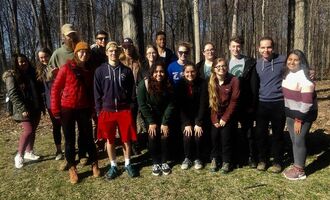
Spring Cleanup
FW Club hosted the annual spring cleanup at Sanford Natural Area. Volunteers picked up litter from the natural area, enjoyed pizza, and had a great time!
|
Prescribed Burns
The biggest bonfire on campus! One important habitat management tool is that of the prescribed burn. By using prescribed burns, we can introduce a "natural" disturbance to an environment, which then allows for the re-succession of plants and animals. Some species are biologically built in a way in which they need fire to be able to reproduce. One such species is the young jack pine. Every once in a while, we have the opportunity to play with flames, and learn the science, logistics, and techniques of a prescribed burn for management purposes. |
|
Wood Duck Box Work
Each year our Club members have the opportunity to go out and assist the DNR with their annual Wood Duck Box checks out at Rose Lake. This is a great opportunity for members to explore Rose Lake on foot, see all of the habitats that the wood duck lives in, as well as assess the success of the wood duck boxes. Our management agencies put a lot of effort, time, and money into ensuring that our game species have the habitat that they need to be successful. During wood duck box checks, we often find many owls/raccoons/and other cool critters keeping warm in the boxes. This is extremely important conservation work, and is a great way to build skills, as well as network with DNR officials. |
